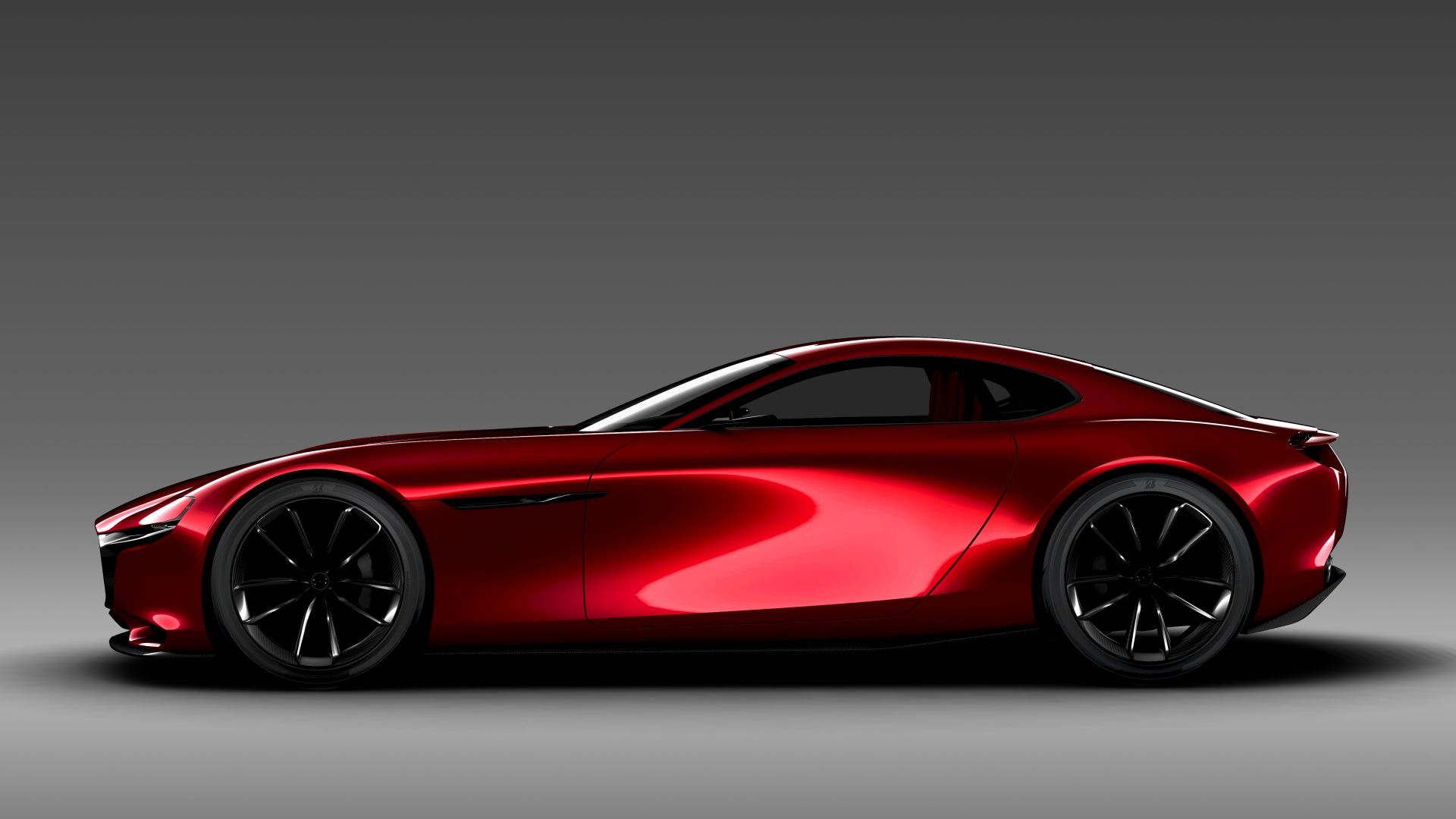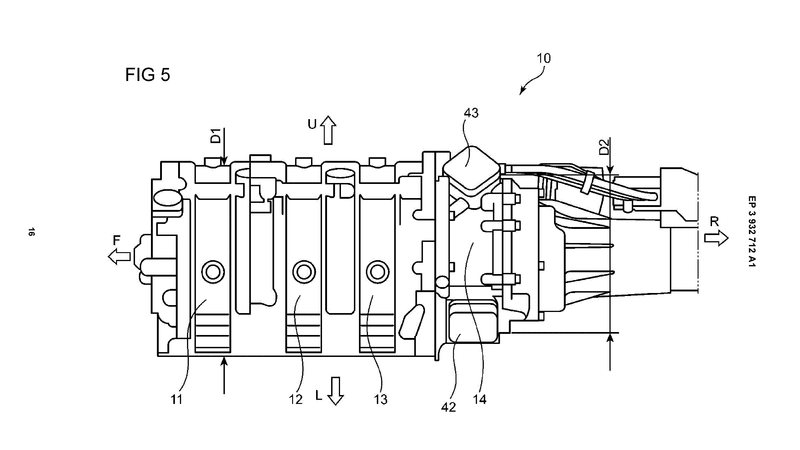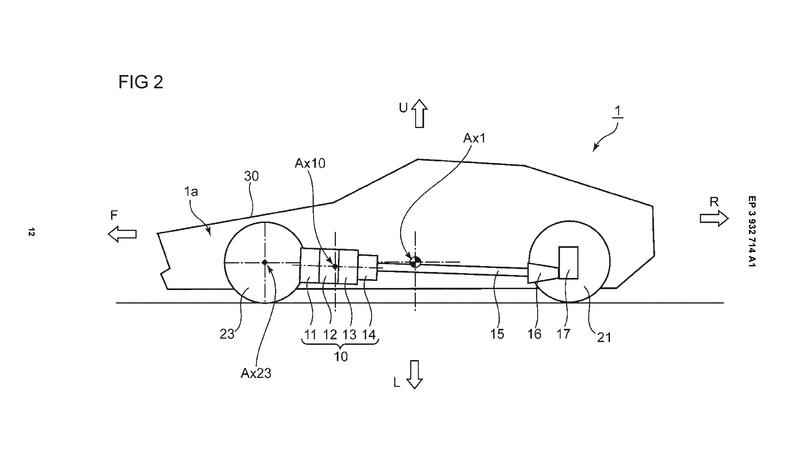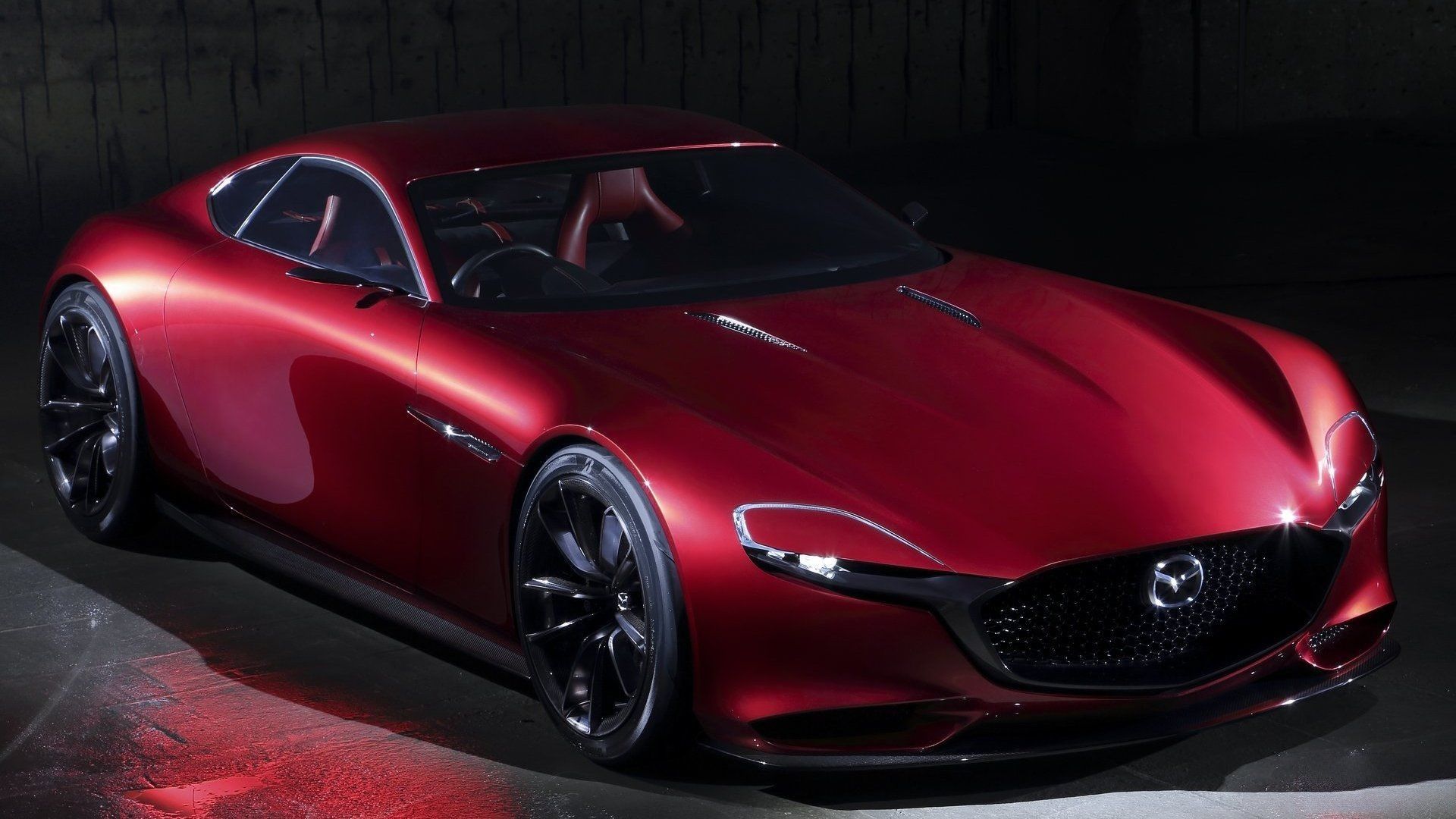Over the last 15 years, most Japanese carmakers have experienced a sort of sports car renaissance. We got a new Nissan GT-R, the GR Supra, Acura NSX, and other iconic Japanese cars. Mazda has been sitting on the bench when it comes to its performance models, but now, the brand could finally give us a proper successor to the RX-7.
We have been hearing about a new Mazda rotary sports car and looking at patents since 2020, but so far, all we have gotten is the stunning RX Vision concept. Mazda shelved the new rotary sports car along with a sportier Mazda 6 in favor of a new generation of SUVs, but now it seems the RX-9 is back on the menu, and it sounds like it may be a global model.
Rotary Power Is Back In The Game
Back in 2022, we reviewed another batch of leaked patents, revealing a Mazda sports car, powered by a tri-rotor engine and a 48-volt mild-hybrid system. The latest patents, as reported by the Mazda blog, Taku2-4885, indicate that the three-rotor engine is still in the plans for a new Mazda as well as the 48-volt architecture, so we can expect the Mazda RX-9 to, indeed, be a hybrid. The patent images clearly show a rotor housing and three spark-plug holes, confirming the number of rotors from previous Mazda patents.
Mazda’s latest patent has been filed under the name “hybrid vehicle that uses a rotary engine for driving”, which implies that the rotary engine will not serve purely as a generator like on the Mazda MX-30. While the sheer number of rotors makes it, more or less, apparent (the MX-30 has a single-rotor generator), it also speaks of Mazda’s goal to make a car with 350 to 400 horsepower, which will put it in direct competition with the Nissan Z and Toyota GR Supra. Both the RX-7 and RX-8 that came before featured a twin-rotary engine.
Due to the modular nature of the rotary unit, adding another rotor to gain extra power is a common practice and something Mazda seems to have taken to heart for the RX-9. The rotary engine itself is based on the one in the MX-30, which while not confirmed, could mean no forced induction.
An AWD, Mazda P-HEV Sports Car
We previously talked about a mild-hybrid setup, but the latest patents show three electric motors. Two of those will power each of the front wheels individually, while the third one is positioned between the transmission and rotary engine, and will have an assist function like in a mild-hybrid. Car vlogger and YouTuber, Kirk Kreifels, noted that this is a similar setup to the now-discontinued, second-generation Honda NSX with the main difference being that the mid-engine NSX was a F-HEV while Mazda’s latest patents suggest a P-HEV architecture.
The rotary engine will assume its natural place at the front, retaining the classic FR layout. We know that one of the main reasons for Mazda’s delay in the new rotary sports car is making the rotary engine compliant with the future Euro 7 eco-norms – something the brand’s Skyactiv engines are already doing. While the initial patents filed back in June 2021, indicated a mild-hybrid setup, the new P-HEV architecture may be a way to make the tri-rotary engine Euro 7-compliant.
Mazda’s latest patents also suggest a new, variable-voltage system, utilizing 48-volt modules, which can double their output to 96 volts when needed. We already see this on Mazda’s large platforms, in models like the CX-60 and CX-90, and it’s a good way to save weight, compared to a more conventional PHEV setup.
The Mazda RX-7 was lightweight even for its day and Mazda clearly wants the RX-9 to be a proper spiritual successor. In terms of transmission, Mazda’s new eight-speed automatic seems to be the most logical choice as it is the best unit the company currently has. With that said, we are still hoping for a proper, manual transmission to be available.
How Much Power Will The Mazda RX-9 Actually Make?
At this point in time, no exact figures have been given for the total system output, but we have some clues. We know that each of the front electric motors will pack 23 horsepower (17 kilowatts) or 46 horsepower (34 kilowatts combined, while the third electric motor packs 36 horsepower (25 kilowatts). So far, we have 82 horsepower (59 kilowatts) of electric power alone. We know the MX-30’s single-rotary generator packs 75 horsepower.
We also know that Mazda RX-9’s tri-rotor engine in the patents is based on the MX-30 unit, but Mazda will, no doubt, beef it up to reliably handle a lot more power. With all that said, the aforementioned 350 to 400-horsepower figure sounds realistic. Mazda has also looked into the possibility of the hydrogen-powered rotary engine, but a production version seems highly unlikely, given the complexities surrounding rotary engines.
So far, the tri-rotary P-HEV setup is the most probably one and it’s what we are most likely to get. With that said, the latest patents were published in the United States last week while Mazda “has applied for almost the same patent in Europe”, according to Taku2-4885. We are not sure what this means just yet, but it’s clear that Mazda doesn’t want to limit sales for its future rotary sports car to Japan and the U.S.
Will we get different powertrain options for different markets? Not very likely as it wouldn’t make much financial sense to develop more than one powertrain for a car that competes in a very small market niche. The important thing is that a Mazda sports car could finally be around the corner along with a rear-wheel-drive Mazda 6 likely following after.




